Witness unique rituals and practices near the frozen peaks.Everest Base Camp (EBC) Trek via Phaplu retraces the steps of the early travelers and trekkers to the Khumbu region. Before the accessibility of proper transportation, this route was used for exploring the wonders of the Everest region. Now due to various other alternative routes, this Everest Base Camp (EBC) Trek via Phaplu route is less visited by international tourists, making it secluded and less crowded. Trek where Everest heroes walked. Follow Sir Edmund Hillary and Tenzing Norgay Sherpa’s path to the majestic foothills. A trail that provides an unbeatable combination of natural beauty and cultural splendor at its best.
Trek Overview:
Everest Base Camp (EBC) Trek via Phaplu takes you on a journey of a lifetime. Nestled in the eastern region of the country on the laps of the greater Himalayan range. This region consists of several high peaks, the highest altitude glaciers, and glacial lakes in the world. The greater Himalayas has been dissected into various parts by river systems that emerge from the northern side. The EBC Trek via Phaplu offers dramatic changes. The altitude varies greatly. You’ll see different plants along the way. Traditional villages mix with high mountains. Explore ancient monasteries and gompas along the trek. Gain insight into the monks’ lifestyle in this region. Witness unique rituals and practices near the frozen peaks.
Starting of Our Trek
This Everest Base Camp Trek (EBC) via Phaplu Trek starts with a long drive from Kathmandu toward Phaplu. From here you will be traversing across the deep wilderness of the central hills of Nepal. From where you will be crossing settlements along the isolated trail and finally joining the Everest trail. Next following the rapids of the Dudh Koshi River, traversing across lush woodlands, high mountain grounds, arid landscapes, glaciers, and moraines towards the base of the highest mountain on the planet. Next you will scale the highest point of your trek at Kala Patthar nestled at an elevation of 5545 meters. Witness grand views of the landscape like never before, rings of mountain peaks, river networks, glaciers, icefalls, and barren lands.
Alpine Club of Himalaya brings you this specially made package to make sure our clients get the best of the Everest region. A different trek that lets you get an insight into the true lifestyle and culture of the mountain people. Exploring rural settlements, ancient gompas, and forgotten trails of the Everest region. Experience the wonders of the Everest region with us at the Alpine Club of Himalaya.
Important Note
Your safety is of paramount importance to us at the Alpine Club of Himalaya. We have the absolute authority to cancel the trip or change the itinerary, when deemed necessary or when we have reason to believe your safety is at stake. Weather conditions, the health condition of a group member, natural disasters, and such, can contribute to changes in the itinerary when traveling in remote mountainous regions. In these extreme situations, we kindly request that you offer your full co-operation to the trusted leader of the group appointed by the Alpine Club of Himalaya. However, we assure you that we will make every effort to keep to the above itinerary.
Itinerary

Kathmandu: Pashupatinath Temple
After breakfast head a long drive towards Phaplu in the eastern part of the country. Upon reaching Phaplu you will start your trek. Phaplu is a tiny settlement that nestles a few tea houses and an airstrip. After a brief rest at Phaplu head towards Takshindo, along the trail witness views of an extraordinary landscape. Upon reaching Takshindo head towards your tea house, and later explore the area. Visit the cheese factory of the region and try Himalayan-manufactured dairy and cheese products.
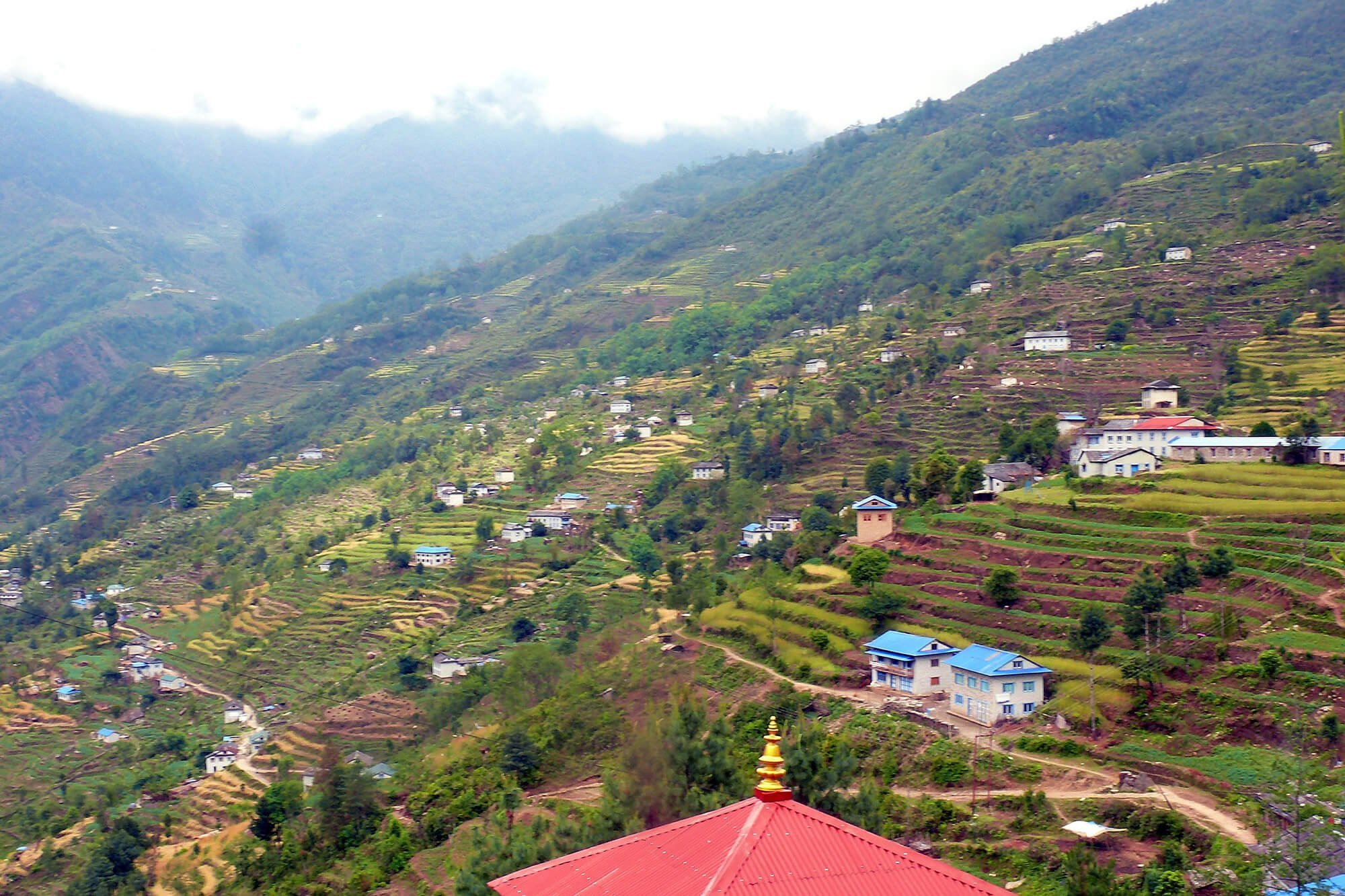
Khari Khola
As, your trek starts you will come across the Takshindo Monastery, explore the monastery, and attend to the monks chanting sacred texts and conducting rituals. Next, begin the rapid descend and traverse along the banks of the Dudh Koshi River, as you progress on this trail you will come across lush sections of woodlands, terrace farmlands, and several dotted Sherpa settlements to the village of Khari Khola.

Puiyan
Today you will be heading to the village of Puiyan. The trail takes you across small villages nestled along the lush sub-tropical woodlands. Traversing along the trail you will reach steep sections and narrow canyons. Along the way witness majestic views of snowcapped mountains, lush agricultural belts, and stone houses decorated with colorful Buddhist prayer flags. In the final section, a steep uphill trek will lead you to the settlement of Puiyan.
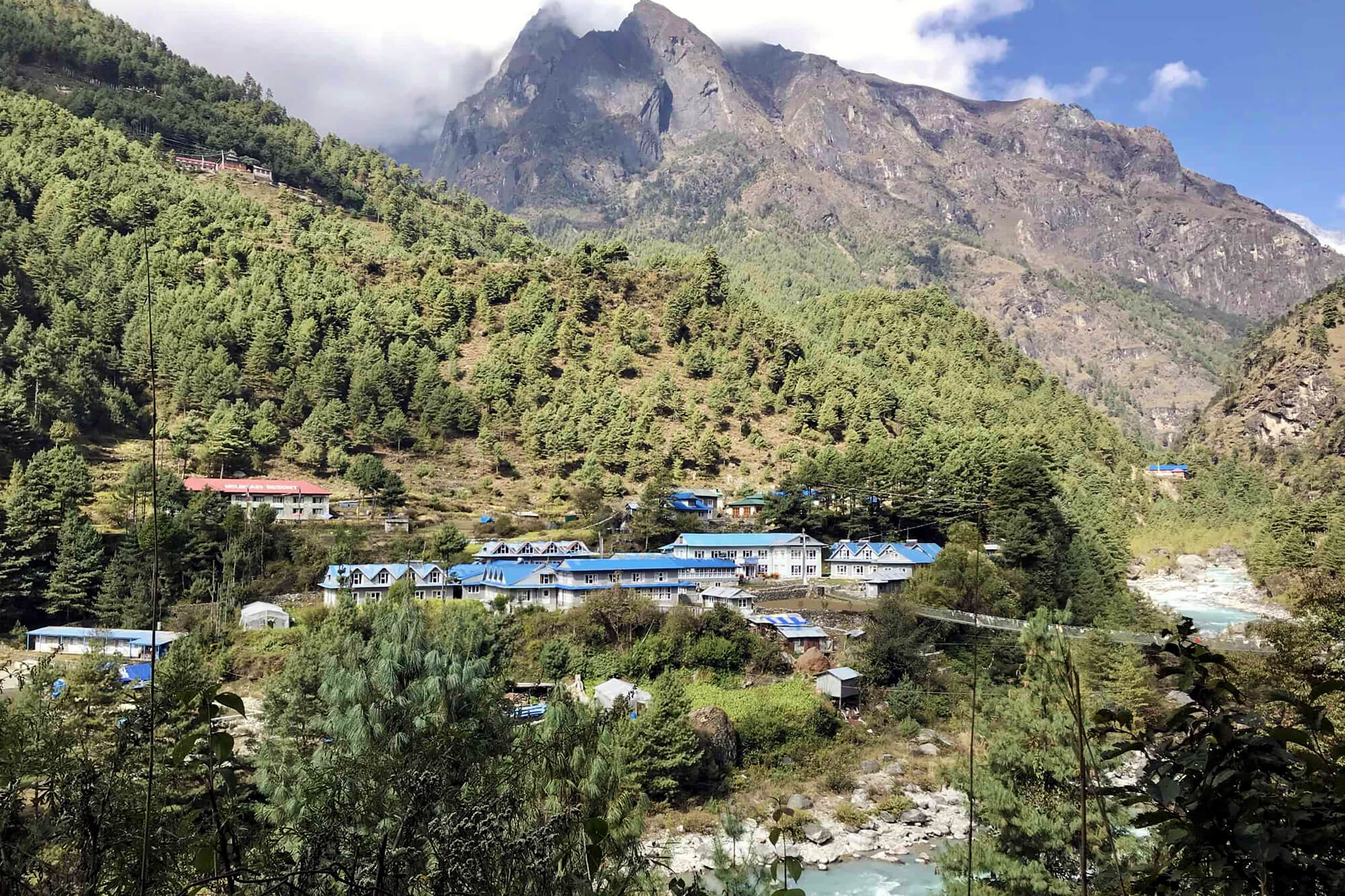
Phakding
Today’s trail consists of mostly downwards sections. Start your walk on a ridge, towards Surke. From here you will be traversing across a flatter landscape meandering along the contours of the valley through a deep wilderness of sub-tropical woodlands and miles of undergrowth. Next, the trail further cuts deep into the steep rocky side of the valley, on this section you may come across caravans of mules, be cautious and do not walk on the cliff sides. As, you progress the trail joins the Dudh Koshi river valley, and you will reach the settlement of Phakding.

Namche Bazaar
After an early breakfast starts your trek, traversing across dense Rhododendron and Pine forests. As you come out of the dense woodlands, you will be trekking alongside terraced fields. Progressing on the trail you will be crossing the Dudh Koshi River twice and finally enter the Sagarmatha National Park. At the park's entry gate after your permits are checked head on an uphill track towards Namche Bazaar. This section witnesses grand views of the greater Himalayan range. Mt. Everest, peering over the Lhotse-Nuptse ridge, Nupla, Kongde Ri, Thamserku, and endless other mountain peaks. Upon reaching Namche head towards your accommodation and rest, later head out to explore the region.
Today is your first acclimatization day, proper acclimatization is very vital at a higher altitude. Due to thin air, your body needs to get adapted to higher altitudes. The settlements have various vantage points perfect for acclimatization excursions. Before dawn head out and witness the grand views of the sunrise.
After breakfast head towards “THE EVEREST VIEW HOTEL” passing past a large chorten and a series of mani walls. From the Hotel catch a glorious view of the beautiful landscape filled with evergreen fir trees, shrubs, and endless rhododendron forests and offers a 360-degree view of the awe-inspiring Himalayas. Later head down towards Namche Bazaar.
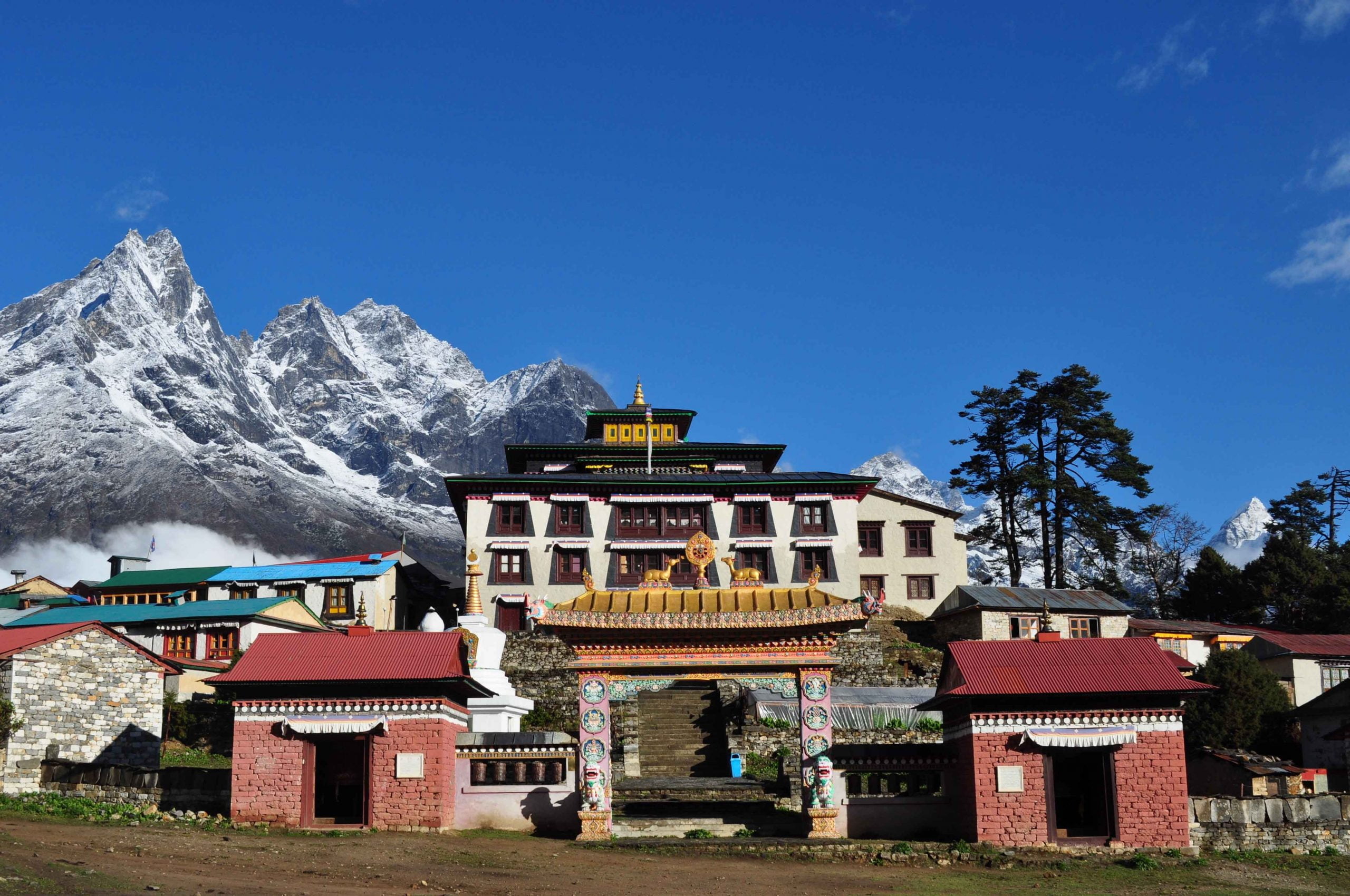
Tengboche Monastery
The first section of the trail takes you across a ridge covered with patches of Rhododendron, along the way witness grand views of lush woodlands and picturous views of AmaDablam and Mount Everest. From here descend and cross the raging Dudh Koshi river. As, you progress on the trail witness series of Mani walls and Chortens, which marks the start of Tengboche village.
The village is nestled on a wide grassy plain covered by scrub pines, ciders, and rhododendrons. Upon reaching Tengboche leave your heavy backpacks and head out to explore the renowned Tengboche monastery. Explore the monastery and witness the monks’ chanting prayers and conduction rituals.

Dingboche
After breakfast head towards the trail. The first section takes you through the woodlands of pines, conifers, and rhododendrons climbing uphill to Imja Khola. From here following a wide-open path you will reach the tiny sherpa settlement of Pangboche at an elevation of 3,901 meters. Along the way visit the ancient monastery where climbers visit to get blessed before heading towards any climbing expeditions around the region. Following the rapids of Imja Khola, you will reach the confluence of Imja Khola and Khumbu Khola. Finally climbing a ridge, beyond the tree line you will reach the sprawling settlement of Dingboche.

Chhukung Valley
Today is your second day for acclimatization. Head towards various attractions around the region, explore monasteries and learn about the culture and lifestyle of the locals. After lunch, you may head towards Chhukkung valley or stroll around Dingboche. At last, don’t miss the views during dawn and dusk.
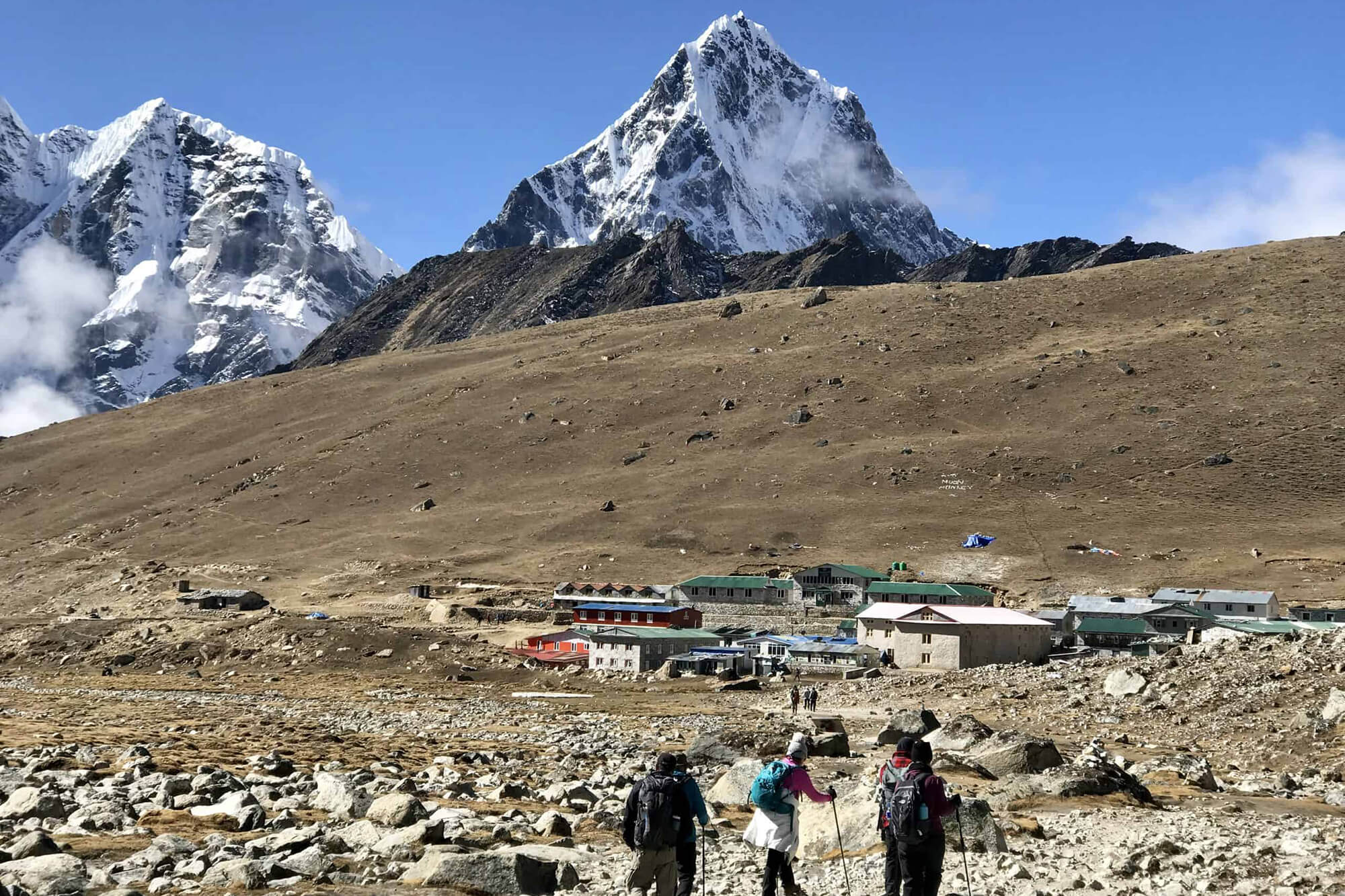
Lobuche
Today's trek takes you across high alpine grounds and arid landscapes. Along the way witness views of Cholatse, Lobuche, Pumori, and other peaks of the Mahalangur range. Following the trail, you will be traversing along a ridge section, where large heaps of stones are decorated with prayer flags, a remembrance of the mountaineers who perished on a mission to climb Mt. Everest.
From here follow the direction of Khumbu Glacier, the longest in Nepal. Crossing stony path and streams you will reach the settlement of Lobuche, nestled on an elevated and exposed to the upper slopes of the valley.

Gorakshep
Following the rocky moraine of the Khumbu glacier head high towards the settlement of Gorakshep. As this section has sheer cliffs with rocky terrain take caution. Upon reaching Gorakshep and after a stop for lunch leave your heavy backpack and head towards the Everest Base Camp at an elevation of 5364 meters.
Crossing glaciers, icefalls, frozen pools of meltwater, exposed icy walls, and large boulders you will finally reach the Everest Base Camp. From the base camp witness grand views of the Mahalangur mountain range. After spending a brief time at the base camp retrace your steps back to Gorakshep.
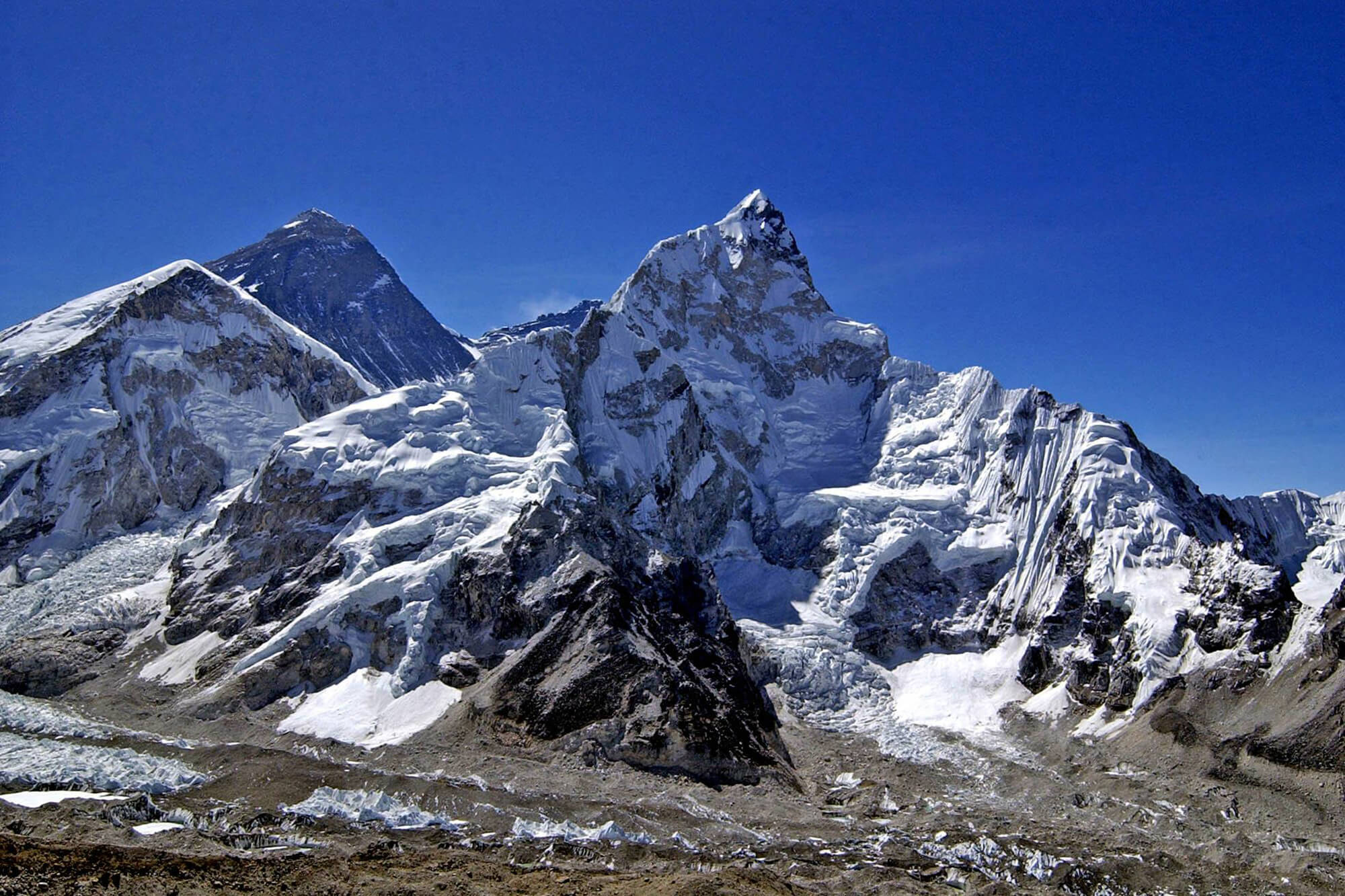
Kala Patthar
After breakfast start, hike towards Kala Patthar the highest point of your trek, which is regarded as the best vantage point of the Khumbu region. Crossing through the wide sandy bed of a dried-up lake and on steep zigzags sections. The climb is non-technical, but the altitude can be a problem for some.
From the summit witness grand views of the landscape, panoramic views of Everest, Nuptse, Changtse, norther flank of Lhotse, Khumbu glacier, icefalls, and endless other mountain peaks of the Mahalangur Range. After spending a brief time at the summit retrace your steps back to Gorakshep and down towards Pheriche. Along the way cross settlements and soak in the beautiful views of the landscapes.

Namche Bazaar
After breakfast head on a downhill trail crossing the settlements of Orsho, Shomare, Pangboche, and Dingboche. Along the way explore ancient monasteries and visit the famous Pangboche monastery, the oldest in the Khumbu region. Following the descending route, you will reach Namche Bazaar. Upon reaching Namche and after a brief rest head out to explore the region.

Lukla
Traversing along the banks of Dush Koshi River retrace your steps back to Lukla. The trail today is mostly downhill and takes you across woodlands of rhododendron, pine forests, ciders, and miles of undergrowth. Upon reaching Lukla head towards your tea house. Later celebrate your last night in the mountains and the success of your trek with your team.
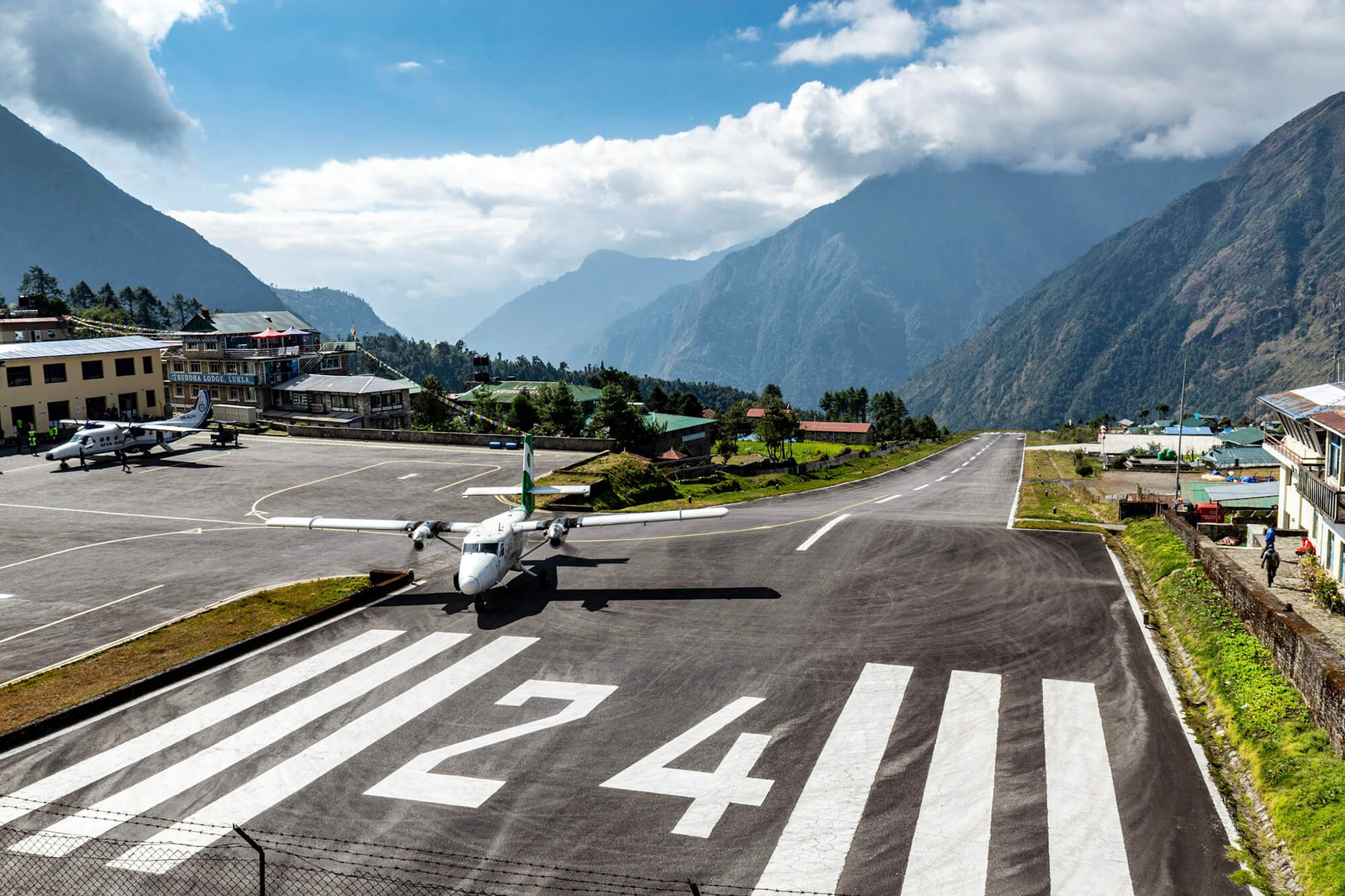
Lukla Airport
Wake up and bask in the views of the mountains. After breakfast heads towards the airport and catch the flight towards Kathmandu. Upon landing at Kathmandu head towards your accommodation. Today is your leisure day, stroll around the city and buy gifts and souvenirs for your friends and family. Later in the evening join in for a farewell dinner program to mark the success of your trek and the end of your Nepal adventure.
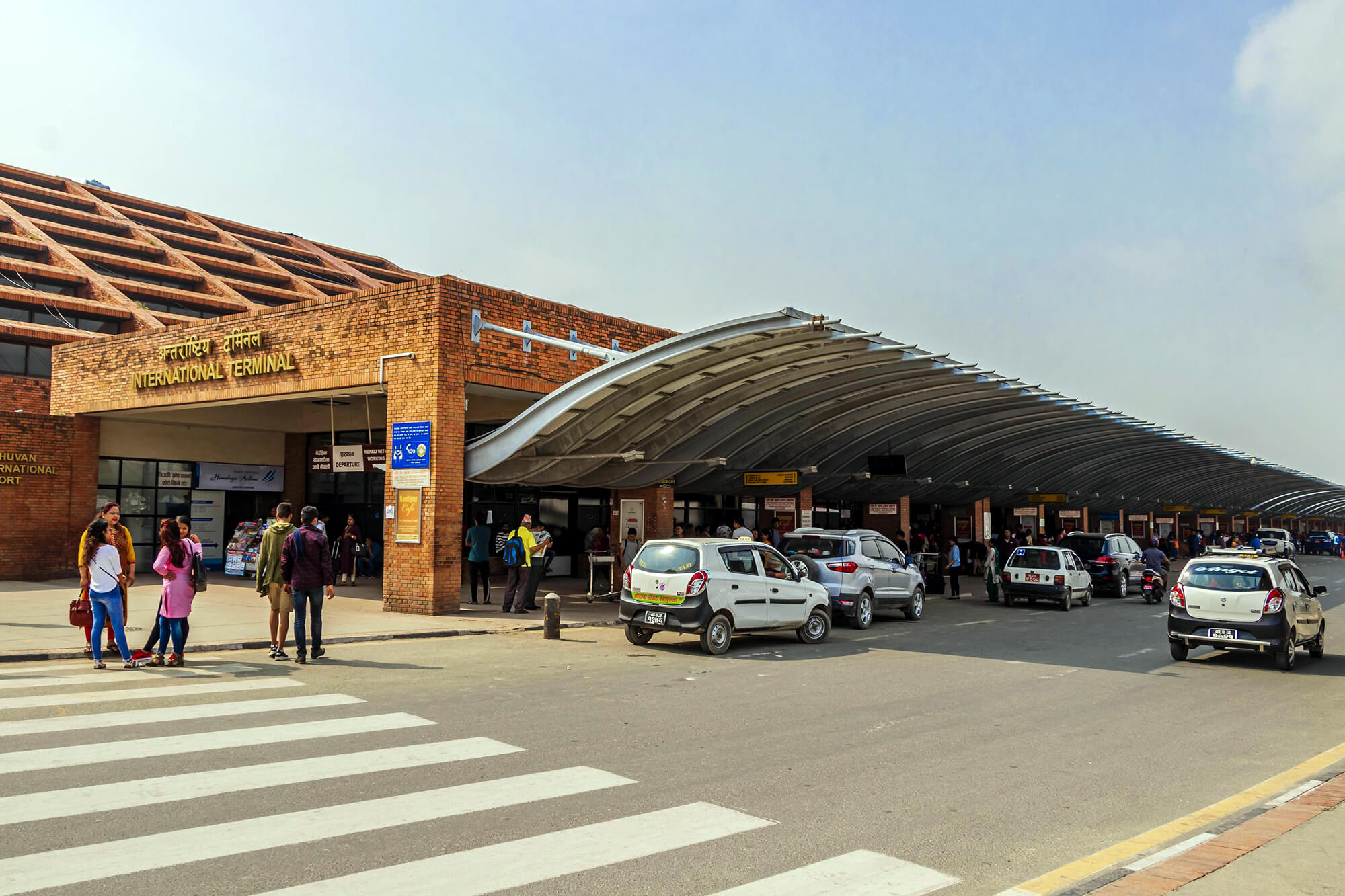
Kathmandu Tribhuwan International Airport
Our staff will drop you off at the airport and bid farewell to your newfound friends as well as Nepal.
Note: All of the above-mentioned trekking hours and distances are estimations and should only be used as a general guideline.
















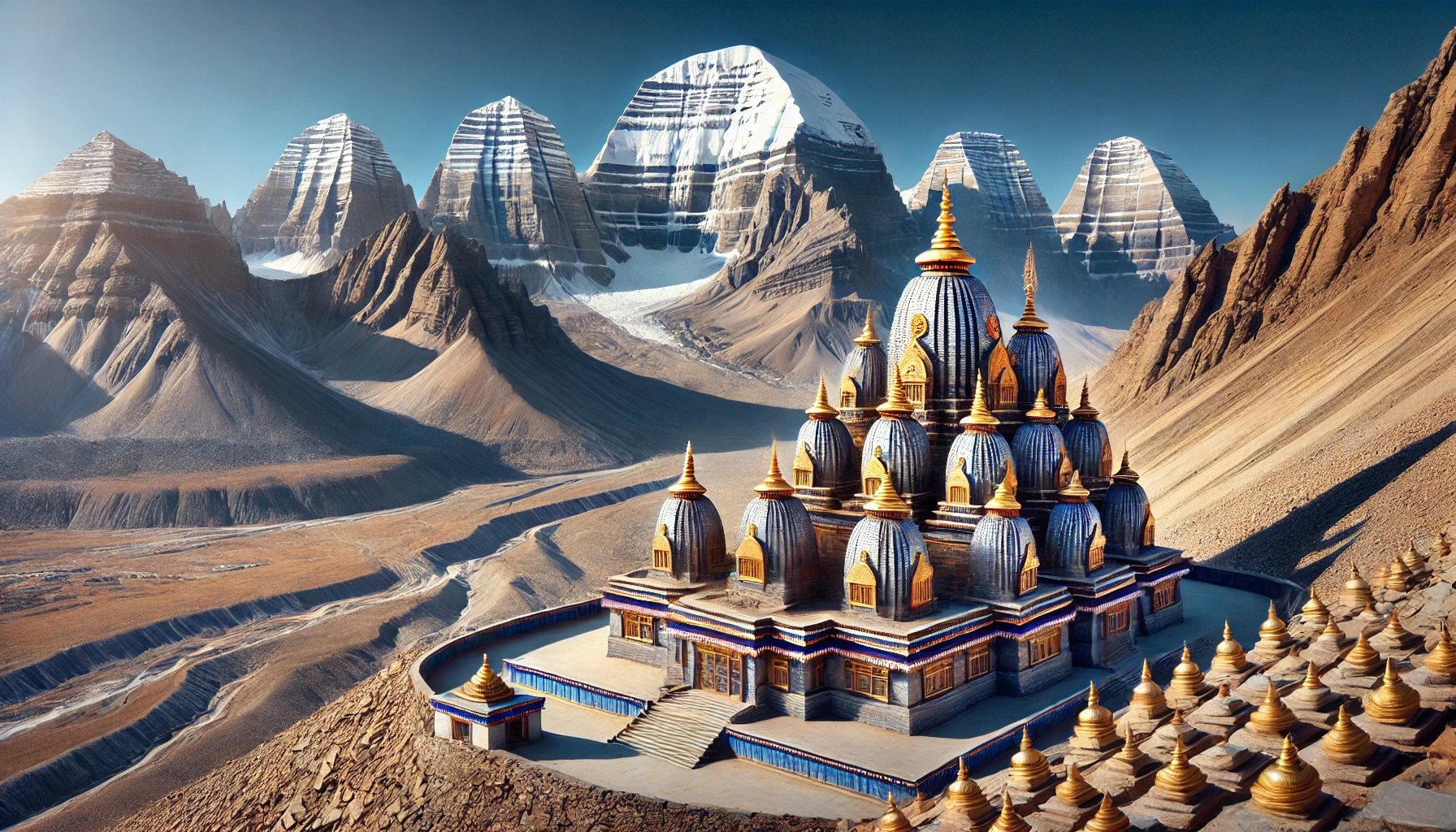
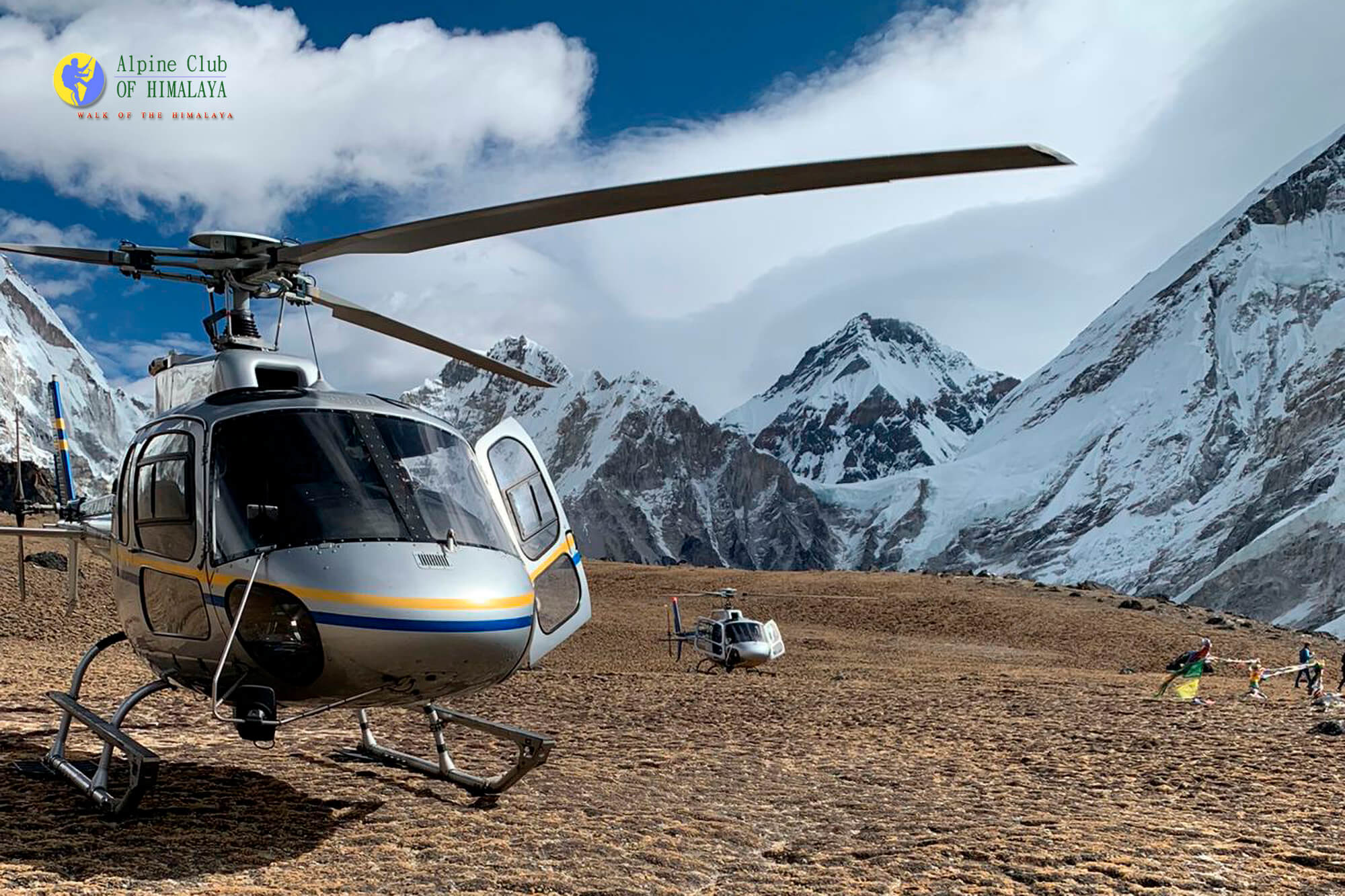


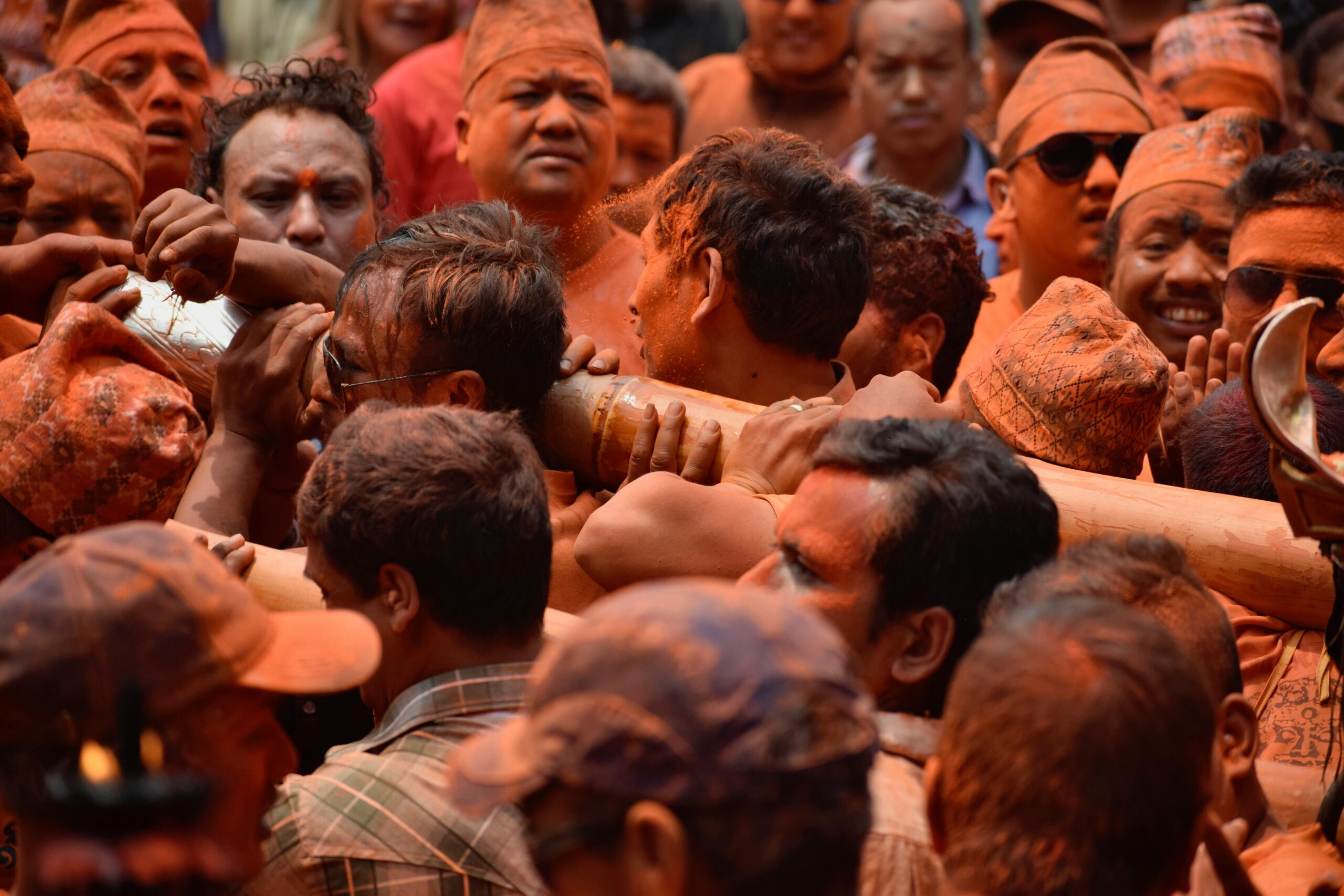
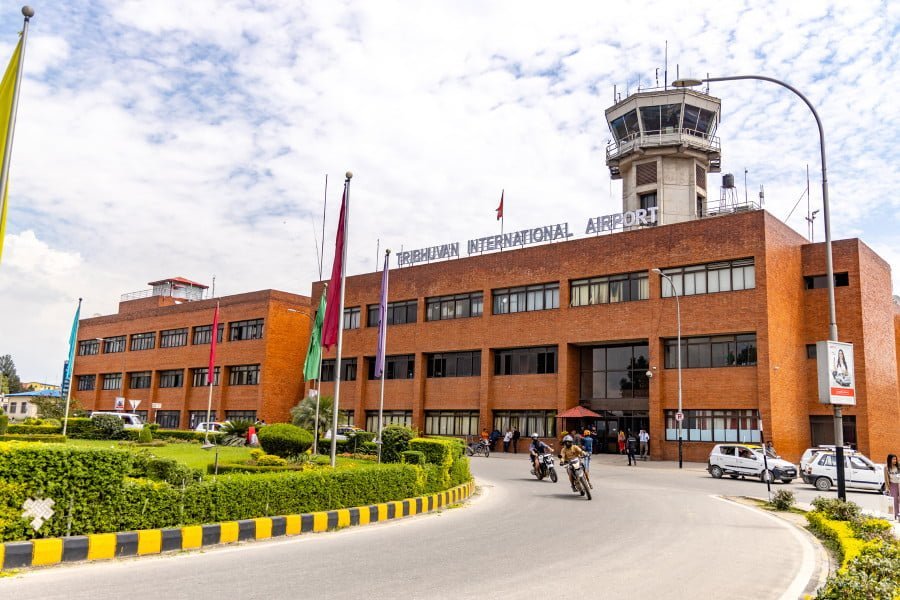
Write a Review